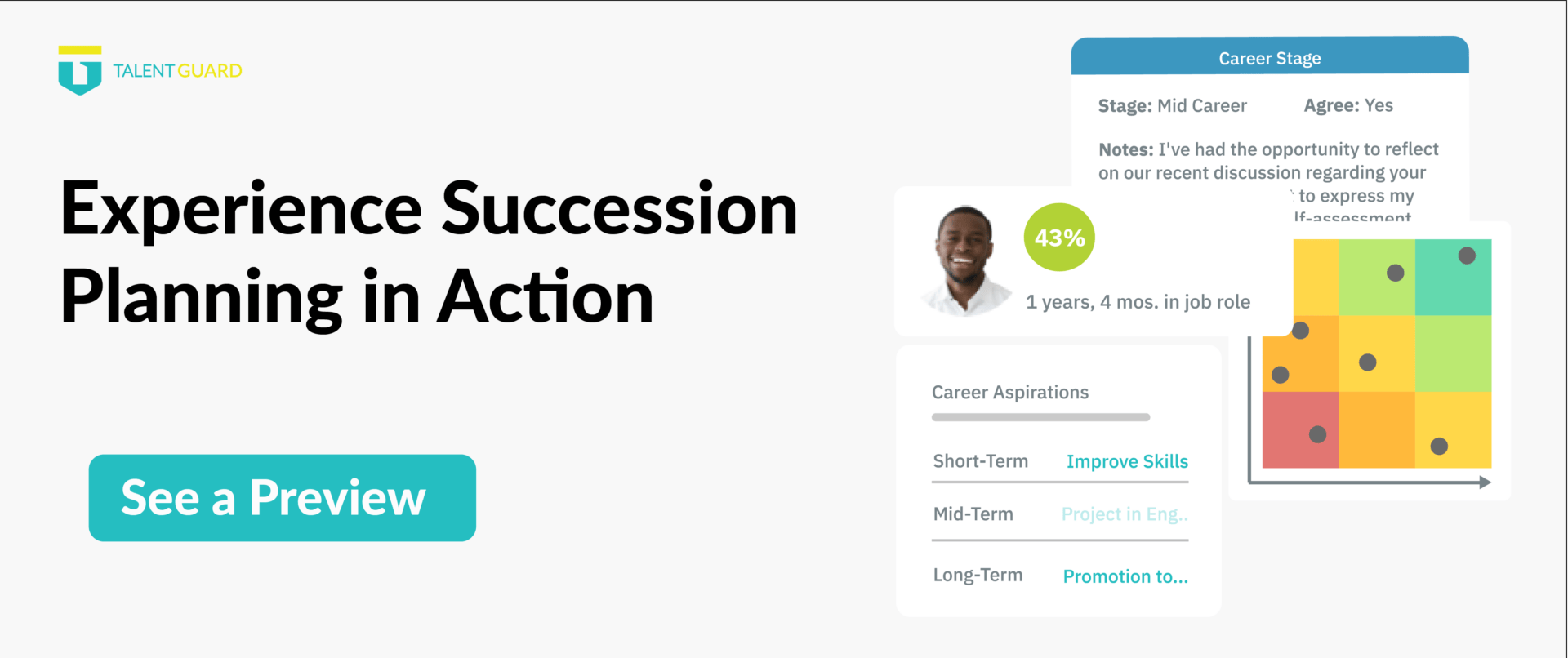Navigating Beyond Excel: The Case for Specialized Skills Matrix Software

Effectively managing and updating employee skills is crucial for any organization aiming to maintain competitiveness and foster growth. While Excel has been a staple tool for various business needs, including rudimentary skills tracking, it faces significant limitations regarding modern talent management’s dynamic and complex needs. This blog explores the challenges of using Excel for this purpose, the benefits of adopting specialized skills matrix software, and the importance of establishing a skills baseline for employees and organizations.
The Limitations of Excel in Skills Tracking
- Scalability Issues
Excel struggles with scalability. As organizations grow, the number of employees and the complexity of data increase exponentially. Excel sheets become cumbersome, slow, and difficult to manage, making it challenging to track and update a comprehensive skill inventory effectively. - Lack of Real-Time Updates and Integration
Excel does not offer real-time updates or seamless integration with other HR systems. This can lead to inconsistencies in data, where updates made by one manager might not be immediately visible to others, potentially resulting in significant discrepancies in skills assessment. - Error-Prone Manual Entry
Manual data entry in Excel is prone to errors. Whether it’s due to human error or the mismanagement of file versions, the integrity of data in Excel can often be questionable, which is detrimental when managing something as critical as employee skills. - Limited Access and Collaboration
Excel files are typically stored on individual computers or shared drives that might not always be accessible to all relevant stakeholders. This can impede collaboration and timely access to necessary information.
The Value of Skills Matrix Software
Replacing Excel with specialized skills matrix software offers several advantages that directly address the above challenges:
- Enhanced Scalability
Skills matrix software is designed to handle large datasets efficiently, enabling organizations to scale without performance issues. As your workforce grows, tracking and updating skills remains seamless. - Real-Time Data and System Integration
Such software typically offers real-time data updates and can integrate smoothly with other HR systems, ensuring all stakeholders have access to the latest information. This integration facilitates a holistic view of the organization’s employee capabilities and development needs. - Automated Data Handling
With automation features, skills matrix software significantly reduces the risk of human errors. Automated alerts and updates can also ensure that skill assessments and training needs are addressed promptly. - Improved Accessibility and Collaboration
Being cloud-based, this software allows multiple users to access and update information simultaneously from any location, enhancing collaboration among team members and departments.
Establishing a Skills Baseline
Before diving into career pathways and development plans, it’s crucial to establish a skills baseline for each employee and the organization as a whole. This involves:
- Comprehensive Skills Assessment
Assessing the current skills of all employees to identify both strengths and gaps. This assessment should be as objective and comprehensive as possible to provide a reliable foundation for further development. - Alignment with Organizational Goals
Ensuring that the skills assessed are aligned with the strategic goals and needs of the organization. This alignment helps prioritize which skills need to be developed organization-wide. - Continuous Updates and Adjustments
Regularly updating the skills baseline to reflect new learning, job role changes, or strategic direction shifts. This dynamic approach keeps the development efforts relevant and targeted.
Why is a Skills Baseline Important?
Establishing a skills baseline is fundamental because it allows for creating personalized career development plans aligned with the individual’s career goals and the organization’s strategic objectives. This provides critical data for broader HR strategies, including recruitment, retention, and succession planning. By identifying precise skill gaps, organizations can invest in targeted training programs that are more likely to yield a higher return on investment.
While Excel may offer basic functionalities for managing employee skills, it falls short of supporting a strategic and efficient talent management system. Adopting specialized skills matrix software not only overcomes the limitations posed by Excel but also enhances the effectiveness of managing employee skills in alignment with organizational goals. Establishing a comprehensive skills baseline is a critical first step in this process, paving the way for informed and effective career path planning and development. As organizations look to the future, the transition to robust skills management tools will be key in driving success and growth in an increasingly competitive environment.
Succession Planning: The Impact of Skills Data on Leadership Transitions
Succession planning is an organization’s strategic imperative to ensure continuity, stability, and sustained performance. The process involves identifying potential leaders to fill key positions when incumbents leave or retire. The traditional approach often relies on subjective criteria and intuition, while a more modern, data-driven approach uses concrete skills data to inform decisions. This blog explores […]
Launching Effective Career Development Programs by Function
Effective career development is more crucial than ever. It enhances employee satisfaction and retention and align the workforce with the company’s strategic goals. For organizations looking to initiate or revamp their career development efforts, prioritizing departments with the hardest-to-fill roles, highest turnover, and largest employee bases is a strategic imperative. Common starting points include IT, […]
Navigating the Talent Maze: Succession Planning and Career Pathing Demystified
Identifying and retaining top talent is paramount to success. However, many organizations struggle to effectively manage their talent due to limited data visibility and inadequate tools for talent identification. This lack of insight hinders the organization’s ability to respond swiftly to business challenges and leaves employees feeling frustrated and undervalued. In this blog post, we’ll […]




